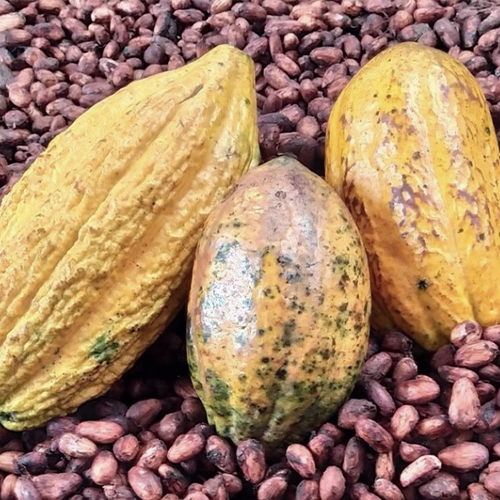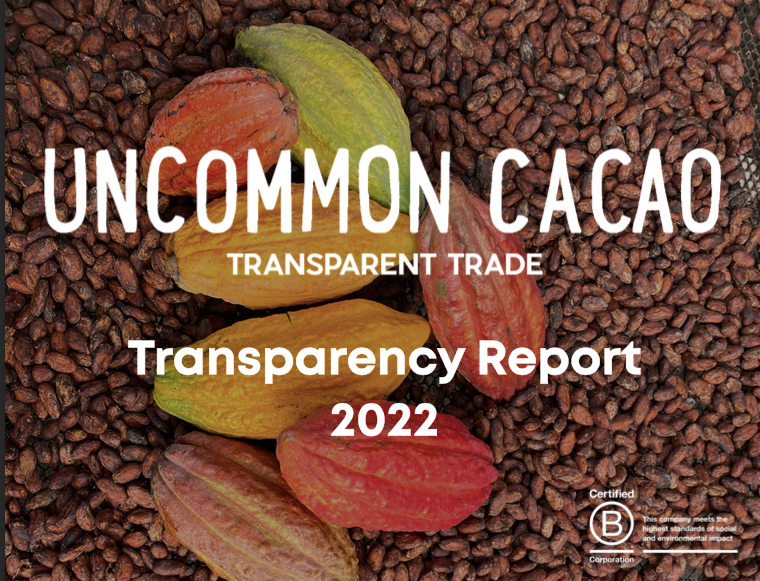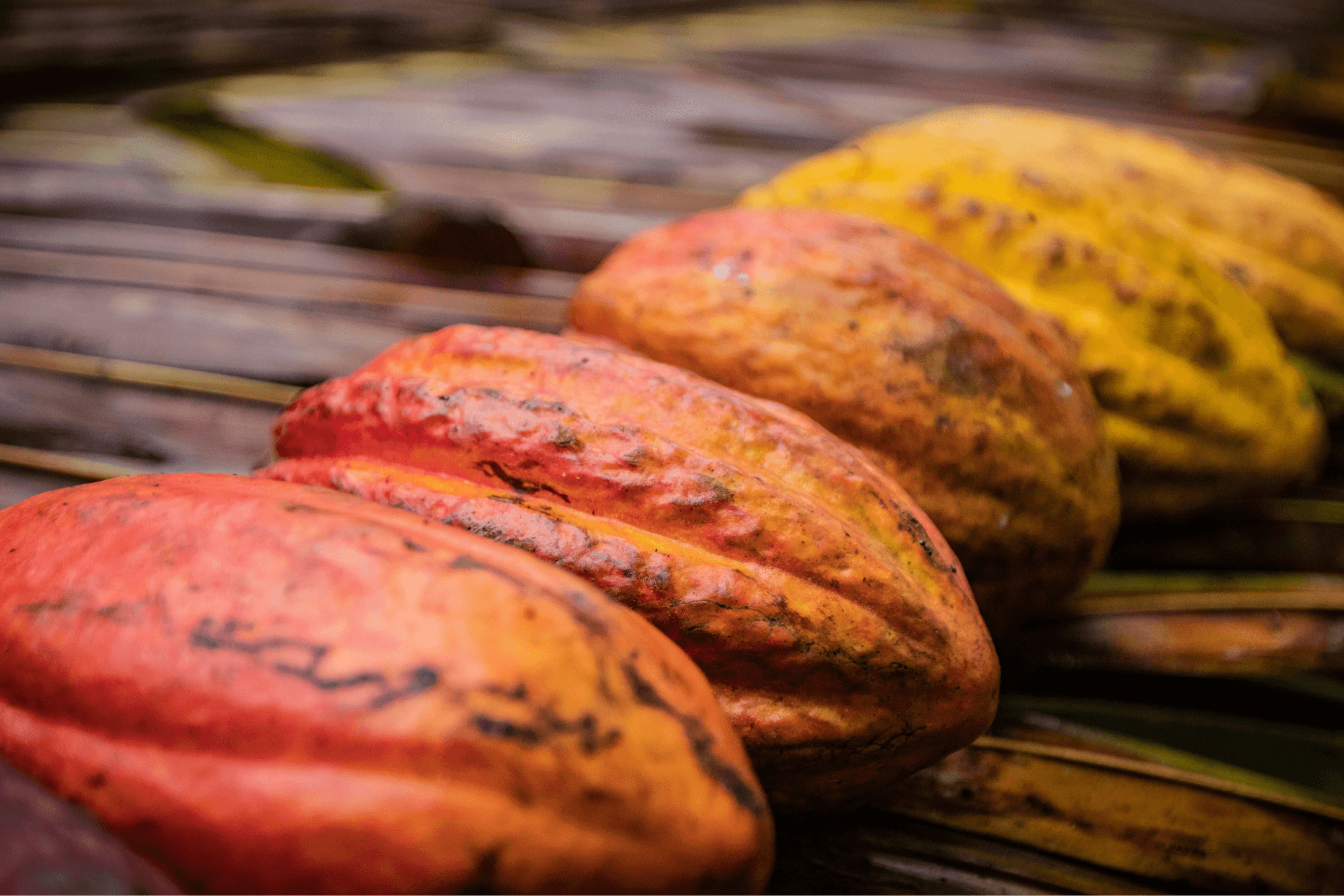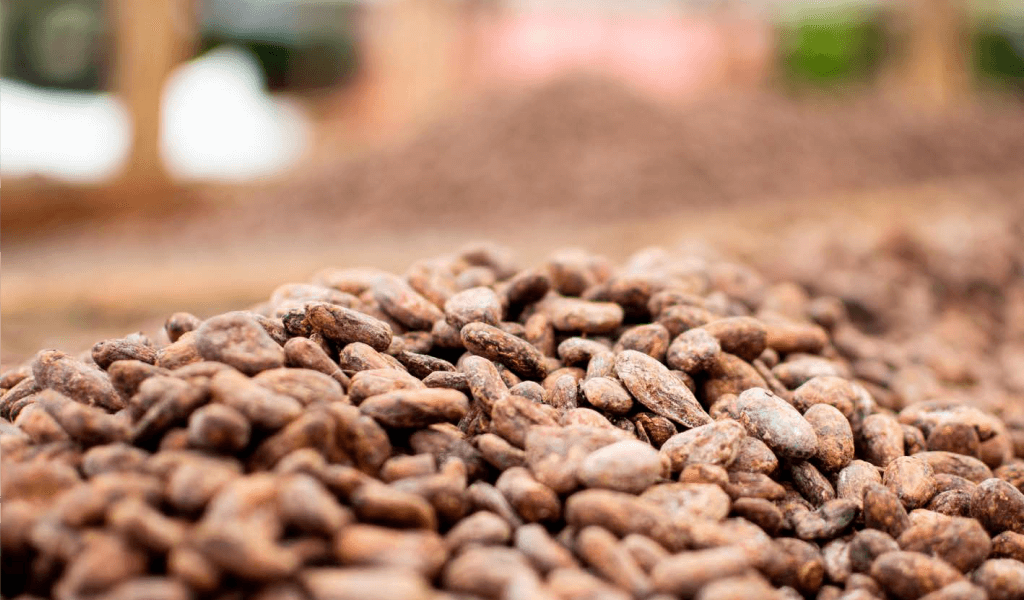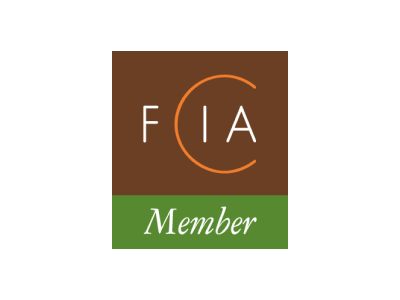We have been working with Volker Lehhman to source Wild Bolivian beans, also known as Beniano, since 2018. This cacao is sought after for it’s rich chocolatey and floral flavor. In 2014, Volker received the 1st and 2nd Heirloom Cacao Preservation designations for Alto Beni and Tranquilidad Estate (wild) Beni cacao.
The Heirloom Cacao Preservation Fund, an initiative of the Fine Chocolate Industry Association, was founded in 2012 partnering with the United States Department of Agriculture “in response to the global pressures of environmental change, deforestation, and economic influences threatening the world’s supply of high quality, flavorful cacao. Recognizing that these endangered cacao trees are the foundation for not only delicious chocolate, but also the livelihood of many farmers and farming communities, the HCP is the first initiative to identify and map the world’s finest cacao and designate growers of these endangered trees”
Research and Testing Collaboration
The Heirloom Cacao Preservation Fund receives cacao bean samples. Then they are processed as anonymous samples and submitted to a panel for flavor analysis. The HCP database records the genotype and flavor characteristics. The United States Department of Agriculture / Agricultural Research Service conducts ongoing genetic research and identification which is added to the database and to the preservation nursery.
The Mayaguez repository in Puerto Rico maintains a genetically diverse collection of cacao, comprising more than 200 accessions.

Amazonian Cacao Beans
Itenez Wild Harvest Cacao is from the region around Baures, Bolivia, close to the Reserva Forestal Itenez and the Río Blanco. This is a densely forested part of the Amazon Jungle near the border with Brazil in the northeastern corner of the country.
These beans represent an initiative to formalize the local cacao trade, started by Volker Lehman, Agricultural Economist in 2004. Volker left his native Germany for Bolivia in 2000 as a trained agriculturist and international agroforestry expert. With a farmer family background, he developed the jungle estate “Tranquilidad” and a wild harvest collection system with local and indigenous families throughout the Beni Department.

Indigenous Collaboration & Collection
This cacao grows wild in the water-rich forests of the Bolivian Amazon. The “chocolatales” are often large swathes of islands reachable only by boat, and are considered community territory belonging to the families who live in the region.
Expert gatherers indigenous to the Beni region travel during the short harvest season into the chocolatales to collect ripe yellow pods. Then they are expertly opened and bagged before being weighed wet at the central fermentation site.

Centralized Post Harvest Technique
Once the wet beans are purchased they are box fermented and carefully monitored as their unique flavor develops and matures. Once fermented they are dried using solar dryers and patios on site. Next, they are hand sorted and packed into 50kg Polyproylene & Ecotact sacks for export to makers globally.
According to Heirloom Cacao Preservation (HCP) genetic tests, the cacao is 97.3% Beniano Boliviano with 2.7% Upper Amazon Forastero and have a 53.2% fat content.

Small Wonders of the Jungle
We are thrilled to partner with Volker and the communities in Bolivia to offer this unique and special cacao. The Itenez wild Bolivian beans are very small, but the flavor is robust and floral; with notes of jasmine, papaya and buttercream.
Chocolate made with these beans has won recognition globally, including awards from the International Chocolate Association, Good Food Awards and Academy of Chocolate.

